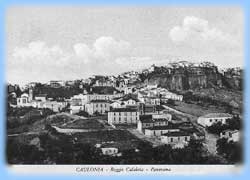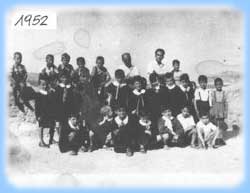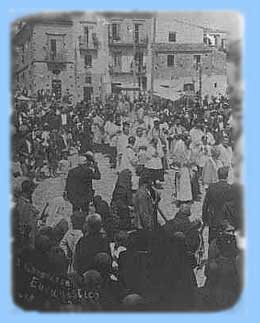 |
|
by Nicola Frammartino
------- Part one October 1987
|
|||
|
|
A most stimulating monograph was brought to us called “Caulonia: forty years of administrative data in front of the mirror” by Rinaldo D’aquino and Antonio Nicaso. We leafed through it avidly and found a harvest of information, fruit of a lengthy research, enough to become the basis for an initial reflection regarding facts and people belonging to the last forty years of Caulonia. In this issue we shall be dealing with the period encompassing the administrative elections of 1946 until the eve of the same elections of 1952. Our purpose is to analyse all the forty years a bit at a time: from 1946 until today. |
||
|
On the 31st of March 1946 the
citizens of Caulonia were being called upon to elect the first post-war
Municipal council. |
|||
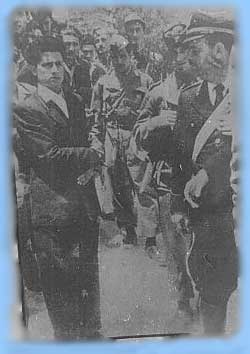
|
The Italian Republic had not yet been declared, but Caulonia had already known another republic: that by the name of “Red Republic of Caulonia”, born from the revolt of 1945 and dramatically terminated after a few days. The repression following this incident was extremely hard, hundreds of revolutionaries were still in prison when the elections were being held. As always, when phases of moderate reflux follow strong social movements, the old re-emerges and the hands of time seem to turn backwards. In Caulonia, those elections took place in a climate which smelt of the past from a long way off. As a matter of fact, the electoral battle developed according to the schemes of political battle in vogue during pre-Fascist times. |
||
|
|
|||
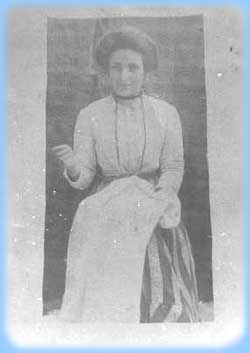 |
In the middle of the two “parties” was a family or a group of families belonging to the old agrarian bourgeoisie or to that of a more recent formation, who waged ruthless battle against each other; in 1906 the commendatore Ilario Cricelli, then head of the “Suso” faction, had been made the target of an anonymous gun shot. Public opinion unanimously agrees that it came from his political opponents wanting to rid themselves of him because he had threatened to requisition State demesne usurped by the most powerful families of local bourgeoisie. In 1946, notwithstanding all that had happened since the distant post-war period: Fascism, the Great War and the other wars preceding the “Red Republic of Caulonia”, political life was dominated by the most prominent families |
||
|
In these elections the “Iuso” faction was guided by Dr. Vincenzo Bombardieri, whose symbol in the electoral competition were “scales” (Bilancia); while the opposite faction was headed by Commendatore Ilario Cricelli, whose symbol was a star (Stella). The Bilancia won the elections because both communists and socialists voted for that side. We asked Nicola Frammartino (uncle of the
author of these lines), once a communist manager, the reasons for this
choice of side, we received this answer: «I was in prison together with the other
revolutionaries because of the happenings of the previous year, therefor
I did not participate in the discussions which preceded that choice.
I know that it was Ilario Tuccio who pushed in that direction. They
had led Tuccio to believe that Dr. Bombardieri could be interested in
liberating the arrested people. To the question: “If you had participated in the debate, would you have sustained the opportunity of an alliance with the Bilancia?”, Nicola Frammartino answers: «No. I would have fought to not make any choice, not for Bombardieri, nor for Cricelli and in any case never for the Bombardieri faction». Also Emilio Tuccio, exponent of the Left Wing Caulonia for forty years agrees with Frammartino:«Yes, my brother Ilario Tuccio energetically sustained the notion of the alliance with Bombardieri. Tuccio was sensitive to the problem of the arrested people and those who were in hiding. He was given guarantees in this matter; and there must have been some truth in all this story, because, in effect, the people in hiding were able to vote in peace. |
|||
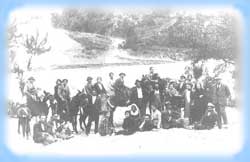 |
I remember that following the counting of the votes, a crowd of people from the countryside were anxiously awaiting the results for the mountain sections at the S. Giovanni bridge. In the Centre’s section, the Stella had prevailed; the results of that section therefor became decisive. At a certain point Tuccio arrived, still young and energetic, by horse, he read the results from Campoli and Agromastelli and those of the other mountain sections. The gathered people erupted in a great shout of joy». | ||
|
However, one thing is certain: beyond the controversy regarding the immediate reasons which prevented the presentation of political lists bearing the symbols of the great parties which would have dominated Italian political life for the next forty years, communists and socialists in 1946 not only didn’t have the strength to contrast the “clientele” of the exponents of the old dominant classes in Caulonia, but they hadn’t yet even understood that a few months or years on from then a great and hard battle would begin between them and the same forces around whom they had gathered. Following the elections Dr, Bombardieri became Mayor but he retained the post only for a few months. He fell from power over the question of State demesne He is still remembered as a man of strong temperament, little inclined to political meditation and substantially lacking the ductility necessary to sail through a difficult situation such as that of Caulonia. Apart from any other consideration, it is certain that the times were ones of great contrasts and Bombardieri was a man of his time; and the time was that in which political was waged with a bitterness which today seems and is excessive. How could it have been any different? It was a finalised battle, lacking any form of meditation, to conquer local power. The people were trying to make room for themselves and attempting to escape from their state of subordination in which they had lived until then. Conversely, the dominant classes were desperately attempting to maintain the privileged positions which had always been theirs. There was fear of new situations which looked set to become threatening. The revolt of 1945 had put them in a serious state of alarm and they were trying to take all possible precautions so as to prevent situations of the kind from ever repeating themselves. |
|||
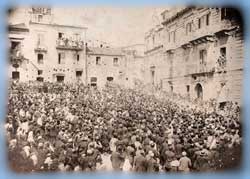 |
The
people, however, having overcome the climate of fear following the repression,
began fighting again, beginning with the occupation of the strips of
uncultivated land and then with political demonstrations for bread and
work. |
||
|
|
Elections were next held in 1952. The phenomenon of emigration towards overseas countries such as America, Australia and Argentina began during those years. During those years the best forces of our people left in the hope of building themselves a better, more dignified existence. For those people who had fed on the great illusion of liberation in 1945, life in Caulonia had become impossible. They had lived through the great adventure of the “Republic” seeing it as the beginning of a revolutionary process which should have reshuffled class relationships. |
||
|
Now, having been released from prison, they found themselves forced to beg a day’s work on the doorsteps where they had proudly knocked a few years ago, in exchange for a handful of dries figs with which to buy bread and pasta. Many of these people stayed, however, and faced many sacrifices and many hardships to continue the struggle and never give in. |
|||
|
|
Others still bent down again or kept bending as they always had. These people contributed to the reconstitution of the old agrarian power which managed, for a few more years, to maintain the supremacy until a new and more dynamic class, the entrepreneurial class, emerged, overthrowing the ancient “dominators” forever. Today, Caulonia is the result of those contradictions and these novelties: those who left we have never seen again and they left behind an unbridgeable gap in the fabric of the economy the consequences of which have been felt for two decades. |
||
|
Even the fabric of democracy and the culture felt the gap profoundly; the political and moral crisis of the 1960s was the direct consequence of those detachments. The new dominant classes had to defeat not only the democratic forces but they also had to fight and defeat the strength of the old power in the 1960s in order to achieve positions of command. The political and moral crisis of the ‘60s was determined by the new methods which the working class adopted in order to bend their antagonists in extremely rapid time spans. |
|||
|
|
|
||
 Copyright© 2000 Caulonia 2000 per continuare a cambiare - All rights reserved |
|||


